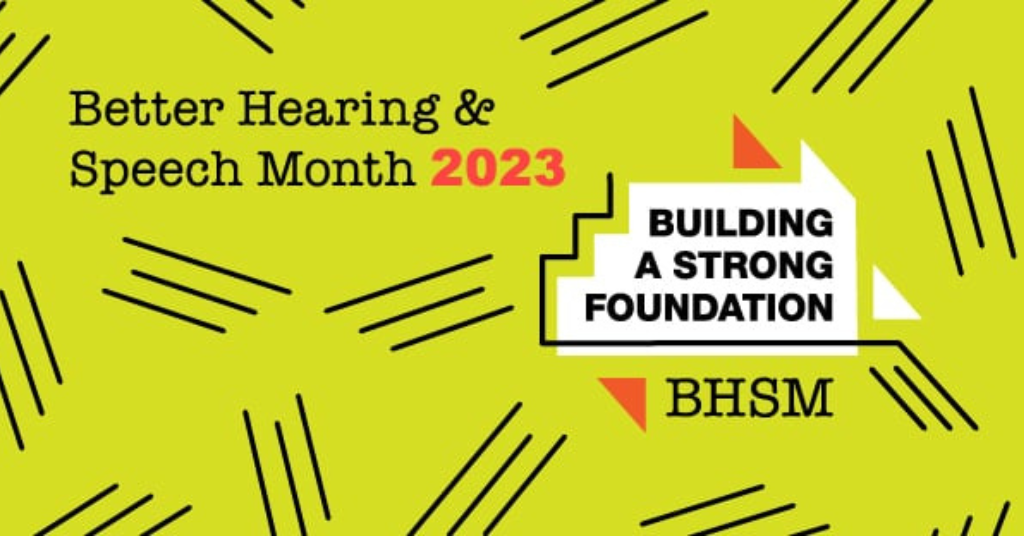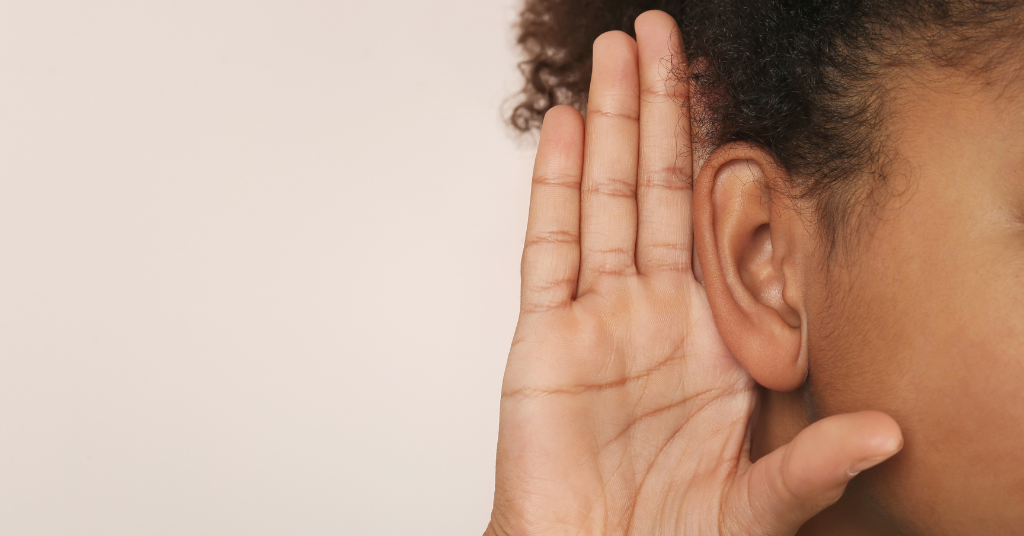
5 Hearing Loss Issues that Defined 2016
December 20, 2016
Teen Life: My Deaf friends don’t like clubbing
December 22, 2016Who is at risk from noise-induced hearing loss?

Noise-induced hearing loss affects about 15 percent of Americans.
Some people may get noise-induced hearing loss from one very loud noise, such as an explosion, and others from prolonged exposure to loud noise over time. There are two factors that affect the likelihood of noise causing damage to hearing – the power of the sound, and the length of exposure to it. The louder the sound, the shorter the amount of time it takes for damage to occur.
So, how loud is too loud and, how long is too long?
How loud is too loud?
Any sound above 85dB can cause hearing loss after approximately eight hours of continuous exposure. However, if the noise level is 100dB, your hearing could be damaged in as little as 15 minutes.
Who is at risk from noise-induced hearing loss?
Unsurprisingly, airport ground staff who direct the take-off and landing of jets are possibly subjected to the most noise in terms of both power and length of exposure. Formula One Drivers and crew are also exposed to high noise levels for prolonged periods of time. Construction workers too, may face regular exposure to very loud sounds. (A hammer drill can register up to 120dB.) In each of these industries, workers should be given ear protectors whilst at work.
In the US, the Occupational Safety and Health Administration has set the following limits in order to protect workers from noise-induced hearing loss:
OSHA Daily Permissible Noise Level Exposure | |
Hours per day | Sound level |
8 | 90dB |
6 | 92dB |
4 | 95dB |
3 | 97dB |
2 | 100dB |
1.5 | 102dB |
1 | 105dB |
.5 | 110dB |
.25 or less | 115dB |
In the UK, The Health and Safety Executive requires employers to provide hearing protection is the daily of weekly average of noise exposure exceeds 85 dB. Employers must assess workers’ health risk and provide information and training at 80 dB. Workers must not be exposed to more than 87 dBof noise – taking account of any reduction in exposure provided by hearing protection.
MP3 users
Others who are at risk but who may not realize it are those who regularly listen to music via headphones. In order to be heard above the noise of the subway, or traffic, the volume can sometimes be turned up as high as 100dB, which is considered to be a dangerously high level.
Musicians
Many famous musicians have spoken about how their continued exposure to sounds around 110dB has affected their hearing. And it’s not just rock stars who are at risk – classical musicians are also regularly exposed to sounds of around 95dB.
People who work in live music venues and nightclubs may also be frequently subjected to noise as loud as 115dB or 155dB. Again, their employer should provide them with ear protectors.
Recreational activities
Other recreational activities that can put you at risk for NIHL include target shooting and hunting, snowmobile riding, playing in a band, and attending loud concerts, according to the National Institute on Deafness and Other Communication Disorders. Harmful noises at home may come from sources including lawnmowers, leaf blowers and woodworking tools.
How to protect your hearing
If you know you are going to be exposed to loud sounds for a long period of time, it’s a good idea to get some form of ear protection such as ear defenders or ear plugs.
About 1.1 billion people around the world are affected by hearing loss, including more young people than ever. If we want to enjoy the sounds of life it’s time we be more active to protect our ears.
Make these small changes to save your hearing.







